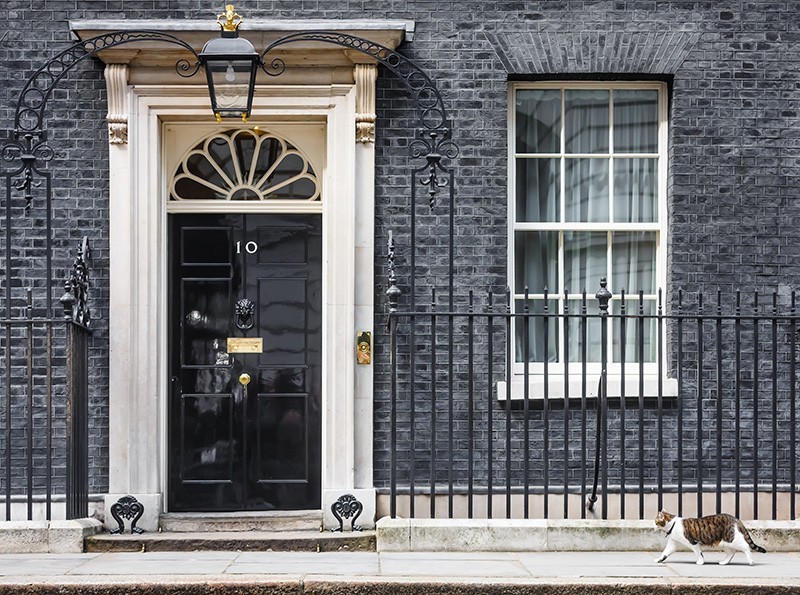For those of you that have managed to avoid the news for the last couple of weeks the mini-budget speech on 23 September, by the then-new Chancellor Kwasi Kwarteng, is now largely irrelevant.
Prime Minister Liz Truss fired the Chancellor on 14 October and U-turned on the planned reversal of the increase to Corporation Tax from April 2023. Jeremy Hunt was appointed as the replacement Chancellor later that day. Jeremy Hunt made an emergency statement on 17 October reversing the majority of the policies in his predecessor’s mini-budget less than a month prior.

There was a further Medium-Term Fiscal Plan to be announced by the Government on 31 October 2022, however, given the announcement that Liz Truss has resigned this may be changed shortly.
To summarise, therefore, the current position including the changes announced up to and including 17 October are as follows:
Income Tax
- Removal of the 45% Additional Rate of income tax - abolished
- Removal of the 39.35% Additional Dividend - abolished
- Extension of the Personal Savings allowance of £500 to taxpayers earning in excess of £150,000 - abolished
- Reduction of the Basic rate of income tax to 19% from 20% - abolished
Corporation Tax
Reduction of Corporation Tax to 19% from April 2023 – abolished now once again rising to 25% as previously planned.
The temporary extension of the Annual Investment Allowance threshold to £1m until 31 March 2023 will be made permanent. It had previously been due to reduce to £200,000 on 1 April 2023 but will now remain at £1m indefinitely.
VAT
VAT free shopping scheme for tourists visiting the UK - abolished
IR35 Reform
Repeal of IR35 Off-payroll Working Rules introduced in 2017 and 2021 – abolished - existing rules will remain in place.
National Insurance Contributions (NIC) & National Insurance Levy
- The planned National Insurance Levy of 1.25% from April 2023 is still to be canceled
- From 6 November 2023 Class 1 NIC rates are still to be reduced to 12% for employers and 12% and 2% for employees negating the increases from April 2022.
- Class 1A and 1B NIC are to be reduced to 14.53% for the year to April 2023 and then 13.8% from April 2023.
- Class 4 NIC will be reduced to 9.73% and 2.73% for the 2022-23 tax year and 9% and 2% from April 2023.
- Class 1 NIC rates for annual employees, including directors will be 12.73% and 2.73% for the 2022-23 tax year
Stamp Duty Land Tax
- The residential nil-rate tax threshold has been increased from £125,000 to £250,000 from 23 September 2022.
- From 23 September 2022, the nil-rate threshold for First Time Buyers’ Relief has increased from £300,000 to £425,000 and the maximum amount that an individual can pay while remaining eligible for First Time Buyers’ Relief is increased to £625,000.
Investment Zones
The Government is still in discussions with 38 local authorities to establish investment zones in England.
- Businesses in designated areas in investment zones will benefit from 100% business rates relief on newly occupied and expanded premises.
- Businesses will receive full stamp duty land tax relief on land bought for commercial or residential development.
- There will be a zero rate for Employer National Insurance contributions on new employee earnings up to £50,270 per year.
- To incentivise investment there will be a 100% first-year enhanced capital allowance relief for plant and machinery used within designated sites and accelerated Enhanced Structures and Buildings Allowance relief of 20% per year.
Equity Incentives
The SEIS limits have increased from April 2023 as follows:
- The annual investor limit has been doubled to £200,000.
- Companies will be able to raise up to £250,000 of SEIS investment, a two-thirds increase.
- To enable more companies to use SEIS, the gross asset limit will be increased to £350,000 and the age limit from 2 to 3 years.
The company share option plan (CSOP) limit that allows businesses to offer employees share options is being raised from £30,000 to £60,000 from April 2023.
If you have any queries please contact our tax department on 01254 688100.